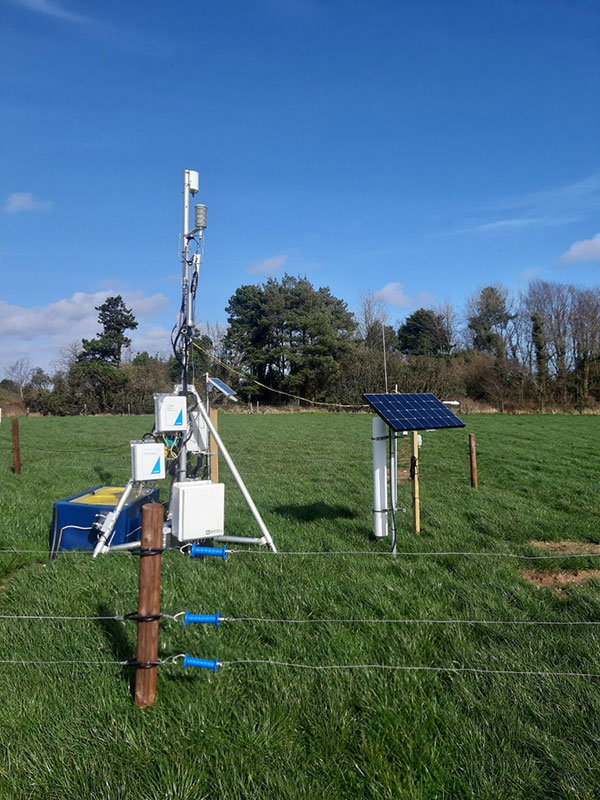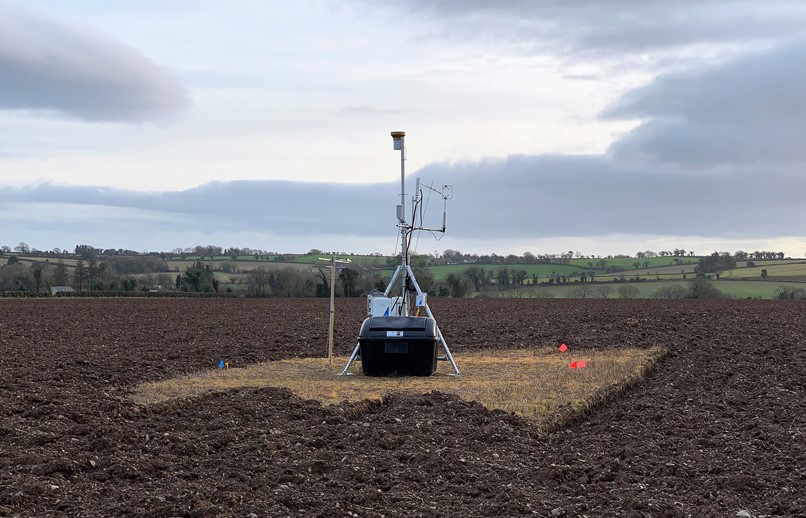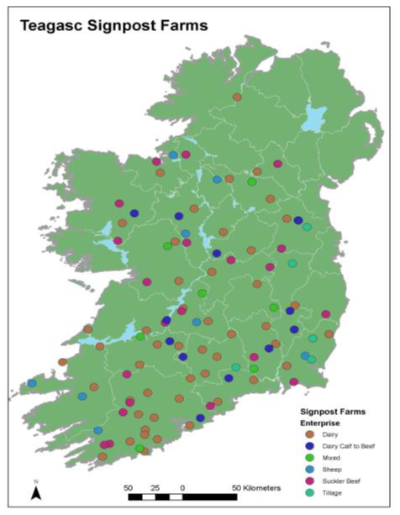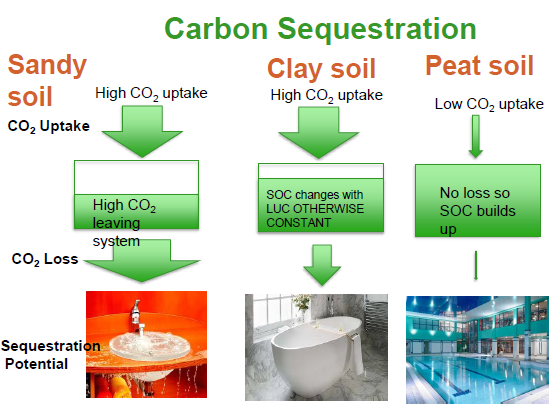Greenhouse Gas Research
National Agricultural Soil Carbon Observatory (NASCO)
Eddy Covariance is a micrometeorlogical technique used to directly measure the rate of CO2 exchange between the atmosphere and terrestrial ecosystems. In 2021, The National Agricultural Soil Carbon Observatory (NASCO) was funded by the Department of Agriculture, Food and the Marine (DAFM). Establishment is currently underway and will include 32 Eddy Covariance Flux Towers located on benchmark sites including agricultural grasslands, mineral soils and peatlands. The data generated will provide accurate, long-term information on the carbon dynamics of Irish agricultural systems. This will also complement the greenhouse gas research carried out as part of Teagasc Sign Post farms, Vista Milk, Terrain AI and the Agricultural Catchments Programme. Overall, NASCO will place Ireland at the forefront of international carbon research and will enable:
- Improved measurement, modelling and mapping of carbon uptake and release from agricultural land
- Accurate assessment of carbon sequestration according to climatic conditions, soil type and agricultural management practices
- Better understanding of the efficacy of mitigation measures to increase carbon sequestration
- National inventory and emission factor refinement
- Allow for participation in the EU ICOS (Integrated Carbon Observation System) network

Nasco 4 – Long term grazed grassland site with eddy covariance tower at Johnstown Castle, Co. Wexford.

Nasco 5 – Eddy covariance tower deployed on a Tillage site in the Castledockrell catchment, Co. Wexford
Update
30 towers installed (?)
New permanent staff
Planning permission
Three approaches
- Measure soil C …and wait
- Measure fluxes and sum up profit/loss
- Model it!
Signpost farms – Carbon Stocks

Soil Carbon Sequestration
Carbon sequestration is a biological process that takes place as part of the carbon cycle. Carbon sequestration occurs when carbon dioxide (CO2) is absorbed from the atmosphere by plants during photosynthesis. Carbon is then assimilated into its organic form and can either be respired (by plants or microbes) or stored more permanently in the terrestrial biosphere i.e. in soil or in woody biomass.
Gross carbon sequestration equates to the difference between respired and stored carbon. If the rate of ecosystem respiration is greater than storage then the ecosystem is acting as a source of CO2. Conversely, if more carbon is stored than respired, an ecosystem will act as a CO2 sink. Globally, soils and forests store vast amounts of carbon with agricultural ecosystems such as grasslands, peatlands and woodlands acting as important sinks.
Irish grasslands
In Ireland, temperate agricultural grasslands have significant potential to sequester CO2 as part of root biomass and in the soil. This could potentially aid in offsetting some of the methane and nitrous oxide emissions associated with agriculture. Therefore, enhancing carbon sequestration is vital for climate change mitigation and meeting greenhouse gas reduction targets.
There are a number of factors that influence the rate of carbon sequestration in agricultural ecosystems including:
- climate
- soil type
- land-use.
However, there are uncertainties surrounding the baseline soil carbon stocks and the role of certain soil types, hedgerows and management practices. This in turn, makes it difficult to measure the overall rate of carbon capture and storage.
National Agricultural Soil Carbon Observatory

